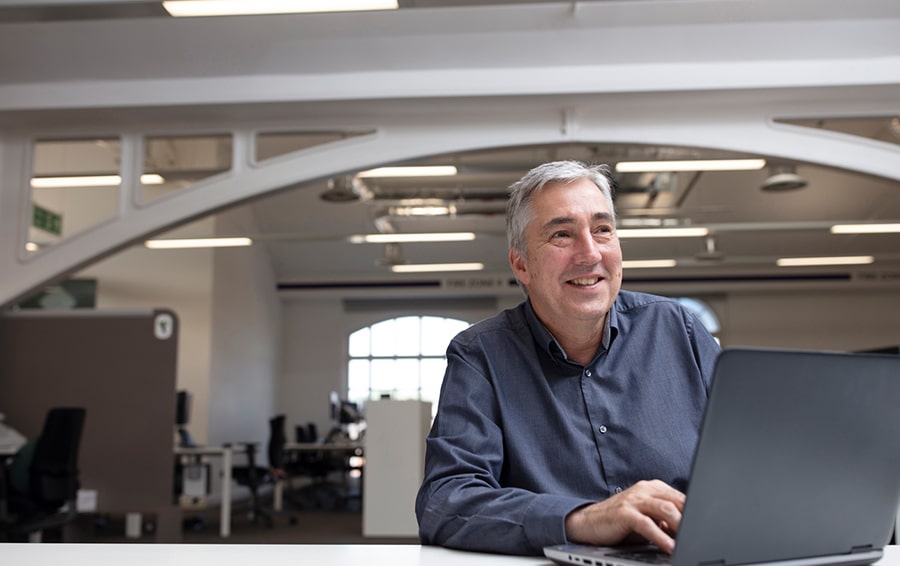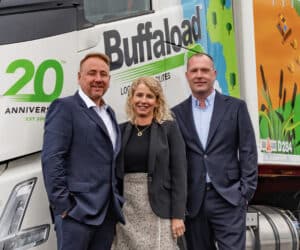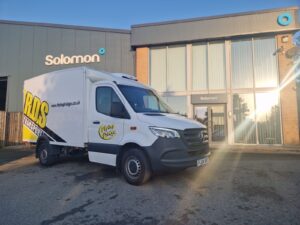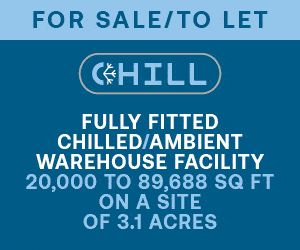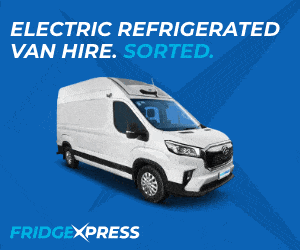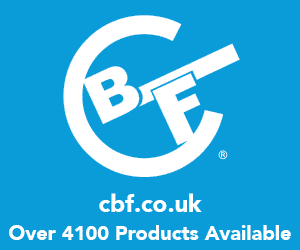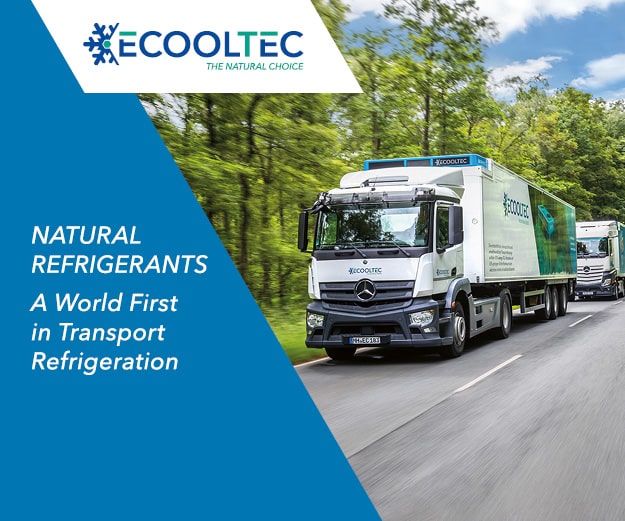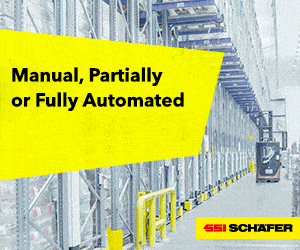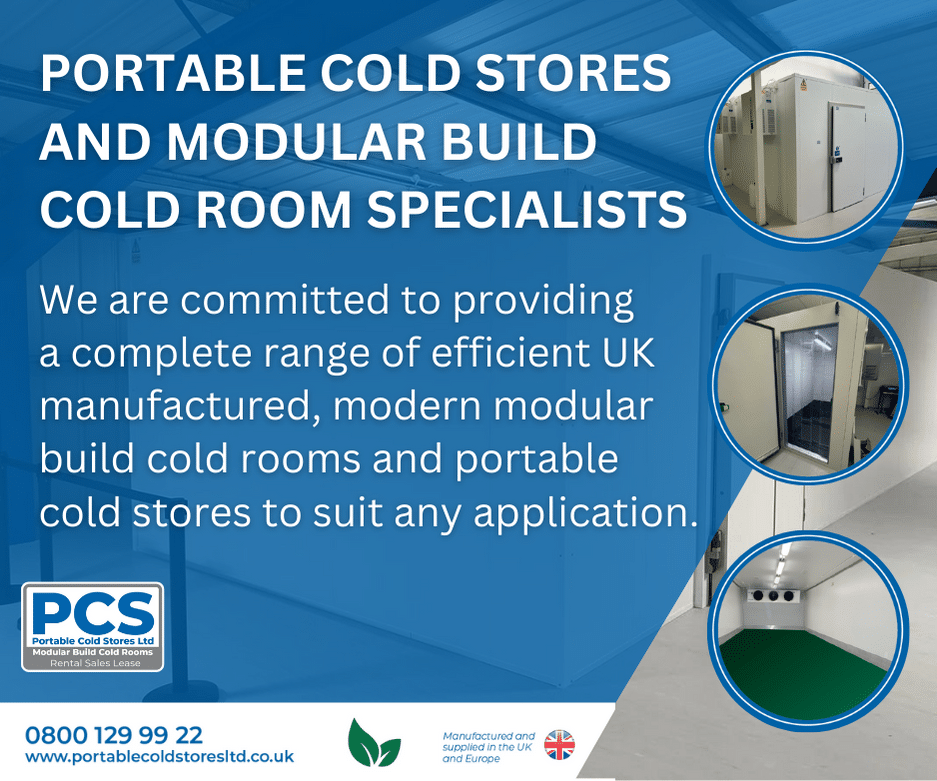Question: How did you get into the temperature-controlled distribution sector and what is your role within Sciensus?
Answer: Back in 1996 I joined NHS Supplies, which was a great introduction to the world of temperature-controlled medical distribution, and how critical it is to get right. After a few years with the NHS, I moved into the construction sector, but then came back to join Alliance Healthcare in 2005. I spent over 16 years in Alliance Healthcare/Boots, where temperature-controlled delivery operations were, and are, absolutely core. Sixteen years was a long time, but also a time of exciting change and innovation. This was extremely valuable to me, given the range, depth, and variation of that company’s global operations, and I brought all that experience across with me when I joined Sciensus in January 2022.
My role in Sciensus is focussed mainly on fleet, both for temperature-controlled commercial vehicles and for the company car fleet. The cars are crucial in that these are used by our clinical workforce who administer treatment and training to patients in the convenience of their home, and thus play a very important role in our operations.
Being in a time of rapid technical change and evolution in the industry, I am enjoying managing such a critical fleet. HGVs, vans, and cars are all very different beasts, and as such that means that every day is different.
Question: Can you firstly tell us what temperature-controlled vehicles that Sciensus operates?
Answer: We operate almost 200 temperature-controlled vehicles, covering the whole of the UK and Northern Ireland via a linked national network of depots. The key thing here is the driving and depot teams, all consummate professionals who ensure operations go smoothly.
The commercial vehicles we run are dual compartment temperature controlled, running chill and ambient. They predominantly use ThermoKing, although we do have a portion of GAH equipment. We are almost at the end of a full replacement cycle of our van fleet, and by late Spring more than 90% of our fleet will be under six months old. The new fleet are being built by CoolKit and Rex, and are a mixture of Ford and Mercedes.
This new fleet has introduced optimum vehicle sizes into the fleet, allowing us to choose the most suitable van for the delivery. As a result, our new fleet ranges from smaller Ford Connects, up through mid-size Ford Customs and Mercedes Vitos, to the larger Mercedes Sprinters for volume and distance work. Not only is this a more efficient use of vehicle assets, it is better for the driver, for the patient, and for the environment.
Question: What has been the most important technical development in your temperature-controlled bodies and refrigeration systems in recent years and how has it impacted on your operations within Sciensus?
Answer: For us, the availability of electric van refrigeration units, such as ThermoKing’s E200 and B100 units, or the GAH SRD271e, is crucial. Firstly, such units take the power driver outside the engine bay, removing the need for invasive vehicle remodification, protecting the original manufacturer warranty. More importantly though, they are quiet, they reduce emissions, are very reliable with longer maintenance intervals, and are quick to reach temperature.
The other big development which has impacted our business is the improvement in telematics technology. Sciensus employ two separate telematics system on the same vans; one to monitor temperatures and the other to improve driving style and driver safety. In the case of the former, we have seamless temperature tracking, which automatically alerts the driver and the back-office portal of any alerts or alarms, as well as capturing historical data. The easy-to-use portal displays critical information about the equipment, together with temperatures and location data, via robust 4G connectivity. This gives us total piece of mind at all times.
In terms of our driver safety telematics, we utilise a live feedback system, which coaches, and trains drivers to drive safer and smoother in real time, whilst they are physically driving. The results delivered by this system, implemented across the fleet in late 2022, has been astonishing, significantly reducing accidents and improving MPG. Driver buy-in has also been better than expected, and I believe the technology goes a long way to help us recognise our van drivers as the professionals that they are.
Question: Are you using telematics across your fleet currently? If so, what advantages do you see this gives your clients?
Answer: Employing two different telematics systems is a requirement as we need to both monitor temperatures remotely and improve driver safety. Whilst there may be systems on the market which cover the two elements, we have made the conscious decision to try and use best-in-class for both requirements.
The advantages of receiving critical temperature data with high-logging frequency speaks for itself in terms of compliance and in ensuring medications are kept at optimal temperatures for our patients and customers. In terms of driver safety, the other telematics system helps us train and retain the best drivers, and, more importantly, keep them safe. This is advantageous for our business as it improves MPG, reduces vehicle wear, and by reducing driver turnover our patients get used to receiving deliveries by the same drivers over longer periods.
Both telematics systems are win:win, and I cannot imagine trying to operate in the current world without them.
Question: Customer needs are constantly changing, so what are you finding is now the biggest request from your customers?
Answer: There is a “standard” that our customers expect around how long they will wait for their phone call / email to be answered but we are finding our customers want “ease of contact” across a number of channels and also want to be able to self-serve. Whether this is checking on the status of a prescription or order all the way through to placing their next order, they want to do it for themselves, retaining control over their medication.
Our challenge is to develop these channels, so they provide ease of use and direct access to the information requested by the patient.
Question: What environmental measures does Sciensus incorporate to ensure best practice?
Sciensus’ environmental strategy is to reduce our environmental impact through continued monitoring and management. The business has a Carbon Reduction plan which outlines and manages the commitments to reach Net Zero. Through monitoring our emissions, Sciensus has been able observe areas of the business where it can make huge reductions, from ensuring we have the most efficient suitable vehicles, to switching to 100% green electricity in 2025.
In terms of vehicles, the company has undertaken a number of trials over the past 12 months to see if anything on the EV market can fit into the current operation. As technology improves, we believe we will be in a position to replace ICE vans and HGVs, when EV ranges increase.
We continuously monitor our waste streams to limit the amount of waste that gets sent to landfill whilst also reviewing the packaging we purchase to ensure it can be recycled and made of sustainable materials where possible.
Question: If you could give one piece of advice to a newcomer to our industry, what would it be?
Answer: Firstly, it’s a great industry to be in, full of great companies and great people. It can be a steep learning curve, but one which is very worthwhile. Newcomers are always welcome; now more so than ever. Take the Women in Cold Chain initiative from TCS&D for example, which has the goal of attracting more women into the business whilst creating an even playing field. This initiative, launched in 2023, is backed by a wide variety of forward-looking businesses, such as Petit Forestier, TIP and Dawson Group, and is making great progress.
Question: Lastly, would you like to share any news about your company that you feel would benefit the TCS&D readers?
Answer: Sciensus are a leading pharma services business proudly sitting at the intersection of patients and their medicine, specifically those patients with long-term conditions, rare and orphan diseases, and cancer. The company supports over 240,000 patients to make the most of their medicine every year, works with 1,250 hospitals and clinics, and over 50 pharma clients, across 27 countries.


